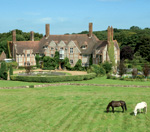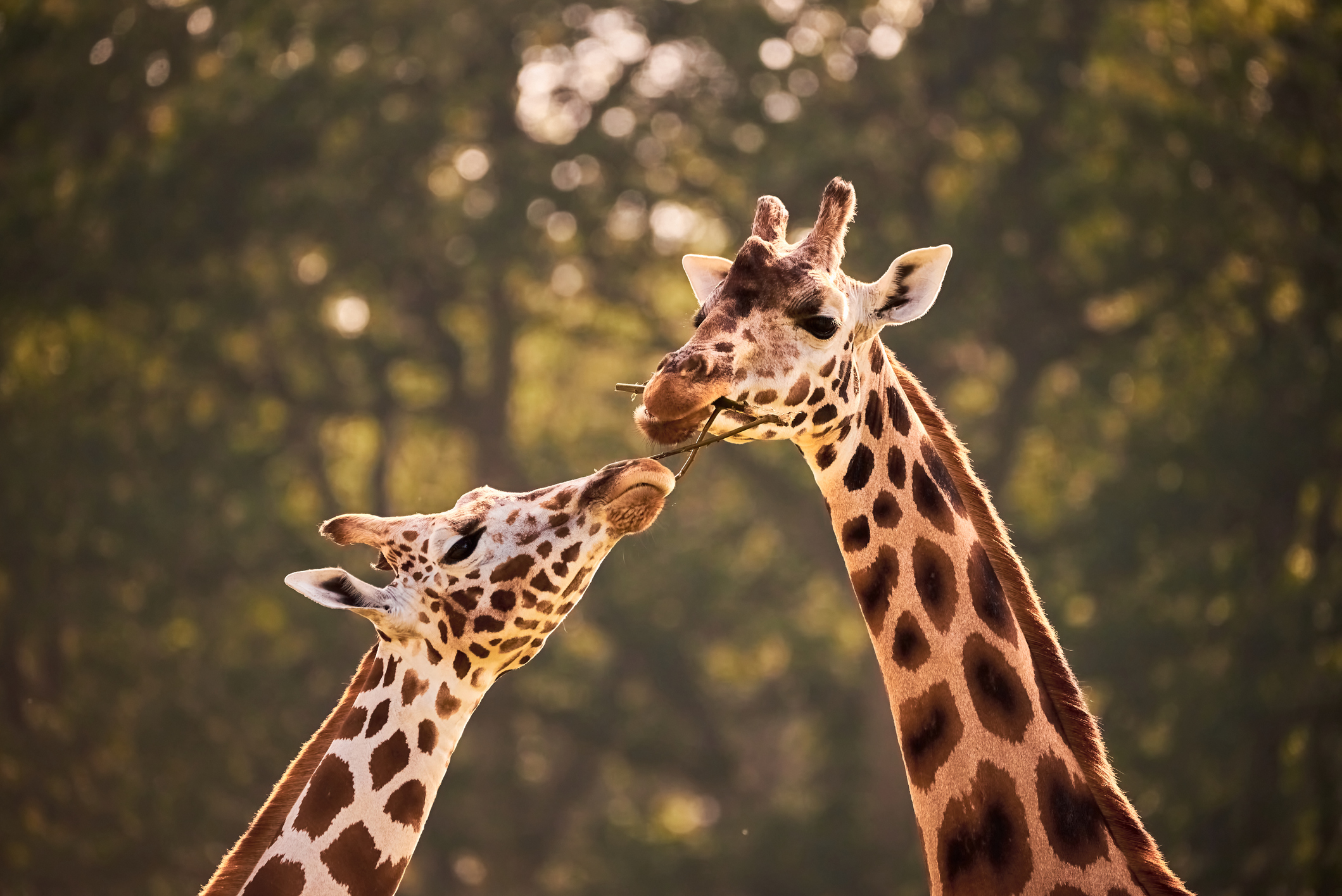'Finest sporting estate' for sale
Exactly 100 years ago, Dutch oil industrialist Sir Henri Deterding set out to create the finest sporting estate in the country. It is now for sale


Exactly 100 years ago, Dutch oil industrialist Sir Henri Deterding, the founder of Royal Dutch Shell, bought all the farmland between Holt and the north Norfolk coast and set out to create the finest sporting estate in the county. Today, Sir Henri’s grandson Jim and his wife, Shirley, still a formidable sportswoman, are selling the 1,658-acre Kelling Hall estate with its Grade II*-listed hall, its environmentally friendly farming operation and renowned high-bird shoot, plus a substantial portfolio of estate, village and holiday properties, through Strutt & Parker (020–7629 7282), with a guide price of £15m for the main estate and a further £10m for the lucrative property portfolio.
Having made his fortune in the City, Sir Henri Deterding set out to enjoy the life of an Edwardian country gentleman. In 1912, having seen some drawings of an Arts-and-Crafts-style butterfly-plan house by Sir Edward Maufe in a Royal Academy exhibition, he commissioned the architect to build him just such a house at Kelling.
A year later, the picturesque 14-bedroom shooting lodge, with its spectacular terraced gardens leading down to the sea, was ready for occupation. From that day to this, the Kelling estate has greeted, and defeated, some of the finest shots in the world with its fast-moving, high-flying wild birds. Deterding and his friends rode in the Grand National and played at Wimbledon: the gardens at Kelling still include two impeccable grass courts, set at right angles to each other so that no one had to serve into the sun.
Nowadays, however, an estate such as Kelling has to work ‘24/7’ to survive, and Shirley’s son Nicholas, who gave up his own career in the City to run the estate, has dedicated himself to that end. He has used the estate’s own resources wherever possible, irrigating the arable land from a three-million-gallon reservoir, and using wood chippings taken from the 400 acres of woods to heat the hall. Nicholas’s wife, Emma, has helped to build up the estate’s portfolio of 10 village cottages, and The Lowes, a collection of former farm buildings converted into an imaginative complex of 11 holiday cottages and second homes.
Sign up for the Country Life Newsletter
Exquisite houses, the beauty of Nature, and how to get the most from your life, straight to your inbox.
Country Life is unlike any other magazine: the only glossy weekly on the newsstand and the only magazine that has been guest-edited by HRH The King not once, but twice. It is a celebration of modern rural life and all its diverse joys and pleasures — that was first published in Queen Victoria's Diamond Jubilee year. Our eclectic mixture of witty and informative content — from the most up-to-date property news and commentary and a coveted glimpse inside some of the UK's best houses and gardens, to gardening, the arts and interior design, written by experts in their field — still cannot be found in print or online, anywhere else.
-
 ‘It had the air of an ex-rental, and that’s putting it politely’: How an antique dealer transformed a run-down Georgian house in Chatham Dockyards
‘It had the air of an ex-rental, and that’s putting it politely’: How an antique dealer transformed a run-down Georgian house in Chatham DockyardsAn antique dealer with an eye for colour has rescued an 18th-century house from years of neglect with the help of the team at Mylands.
By Arabella Youens Published
-
 You're having a giraffe: Country Life Quiz of the Day, April 25, 2025
You're having a giraffe: Country Life Quiz of the Day, April 25, 2025Friday's Quiz of the Day brings your opera, marathons and a Spanish landmark.
By Toby Keel Published
